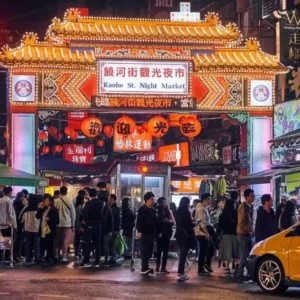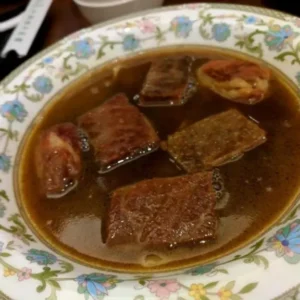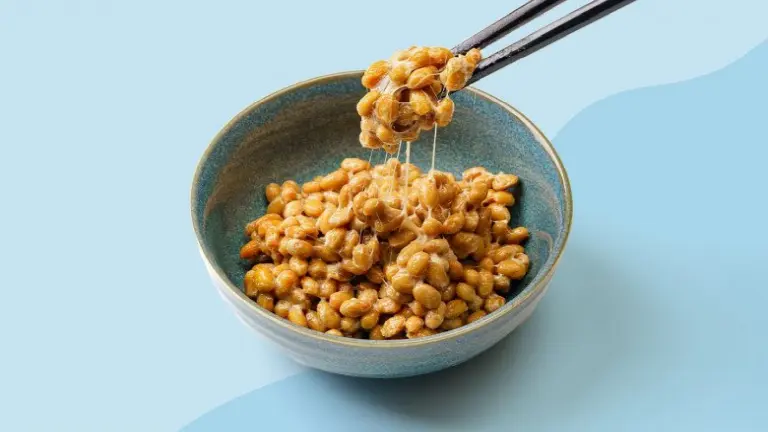From a humble everyday dish, Hinomaru Bento has been elevated into a premium delicacy loved by many, even with its surprisingly high price.
Japanese bento boxes are often known for their beautiful presentation, allowing home cooks to be creative. However, there is one type of bento that is extremely simple yet perfectly reflects the elegance of Japanese cuisine: Hinomaru Bento.
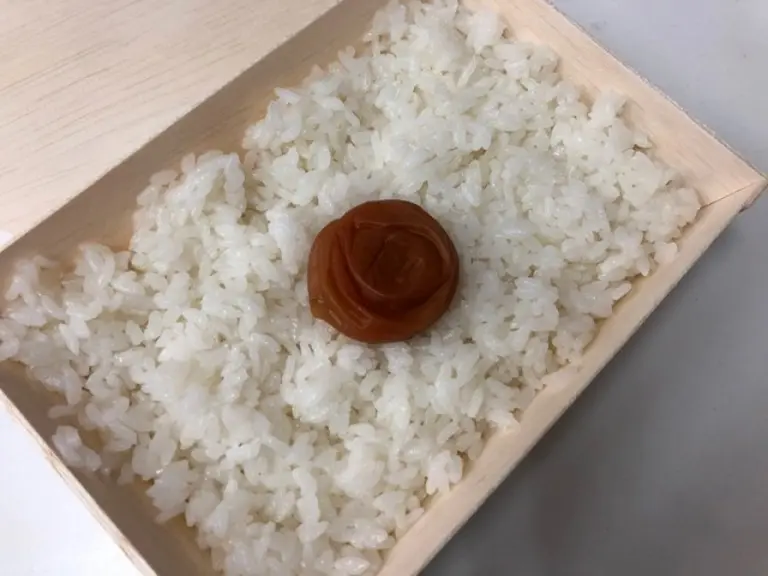
>> The dish that once “Chased Guests Away” has now become a symbol of Japanese cuisine
A Hinomaru Bento contains only plain white rice with a single pickled plum (umeboshi) placed in the center. The white rice box with the red plum in the middle resembles the national flag of Japan. Despite its simplicity, this bento is often sold out, as it offers diners a unique culinary experience.
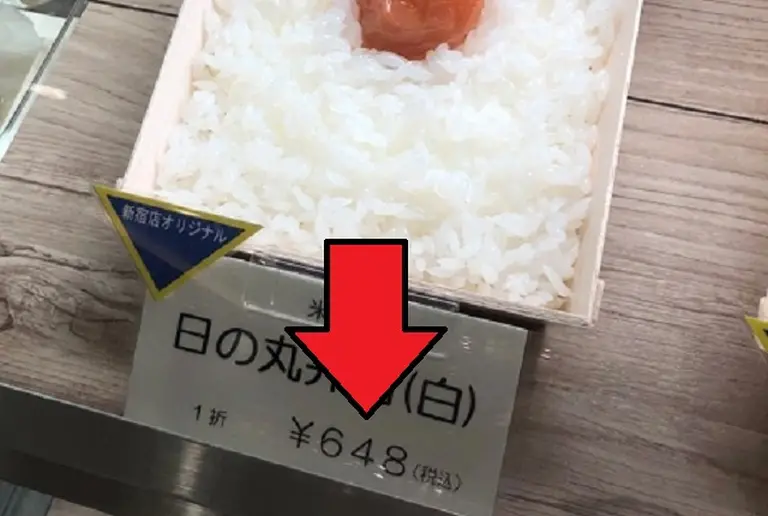
In Japanese, Hinomaru means “circle of the sun,” a direct reference to the red circle on Japan’s flag. This symbolic name makes the bento box not only a meal but also a cultural expression.
Hinomaru Bento is commonly sold at bento shops as an inexpensive, convenient, and nutritious meal. But it can also be transformed into a luxury item. For example, at Isetan, a famous department store catering to wealthy customers, the premium Hinomaru Bento is offered.
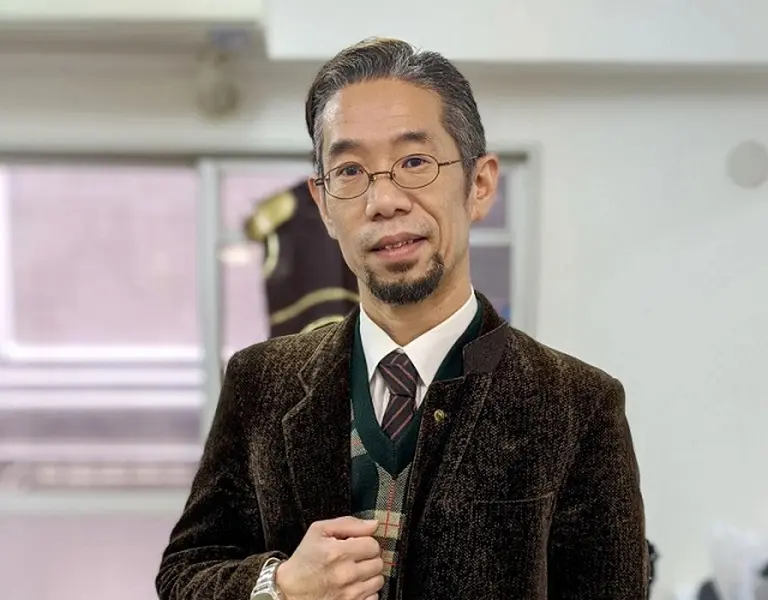
>> A culinary journey through south London: Discovering the best food Tours
This high-end version costs about 648 yen (roughly $7)—a surprisingly steep price considering it consists only of rice and a single umeboshi. In a country like Japan, where income is high, paying that much for plain rice may still seem extravagant. With the same amount, one could easily enjoy a hearty bowl of ramen at a well-known restaurant.
To investigate, journalist Mr. Sato visited an Isetan store in Shinjuku, Tokyo. He bought a luxury Hinomaru Bento and also purchased a pack of microwaveable white rice (95 yen) from a convenience store to compare.
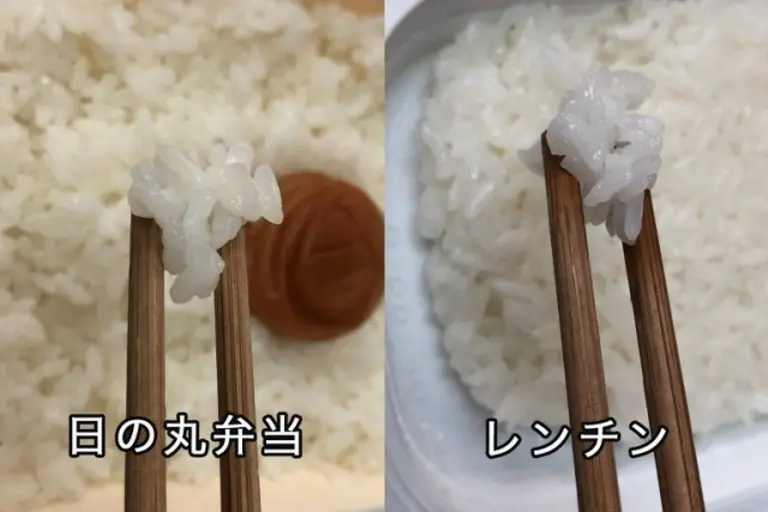
At first glance, the microwave rice appeared shinier, seemingly more appealing. But after tasting, the difference was undeniable. The rice from the premium Hinomaru Bento was far superior—not only compared to the microwave rice but also better than any bento rice Sato had eaten before. Each grain was perfectly cooked, aromatic, and had a delicate balance between firmness and chewiness. Even the umeboshi plum was extraordinary in flavor, far surpassing supermarket versions.
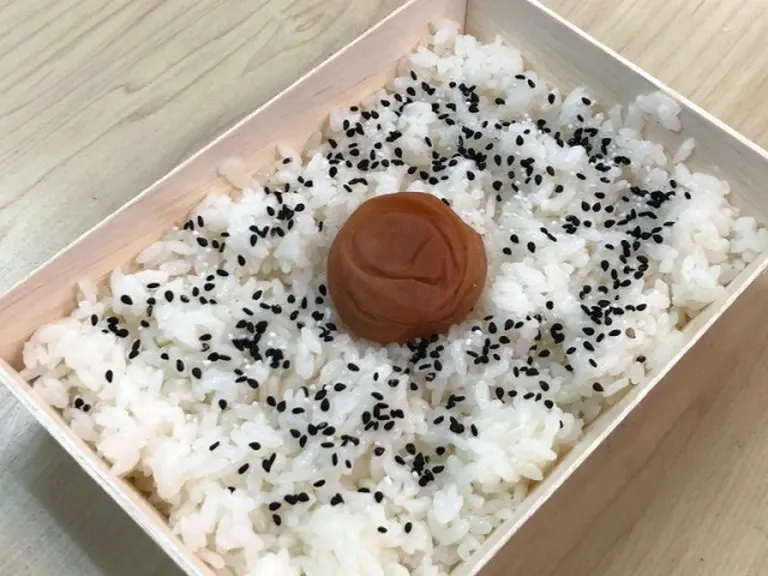
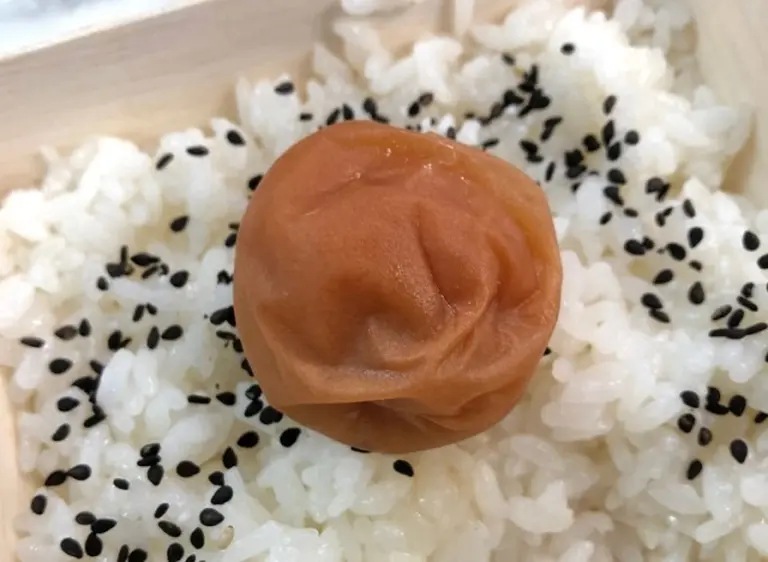
>> Inside the world’s most expensive bowl of beef noodle soup: Foodies flock to Taiwan for a Taste
This surprising quality explains why many customers are willing to spend a significant amount for what looks like the simplest of meals. What was once considered a cheap and humble dish has been elevated into a refined dining experience, proving that in Japanese cuisine, even simplicity can become an art form.

